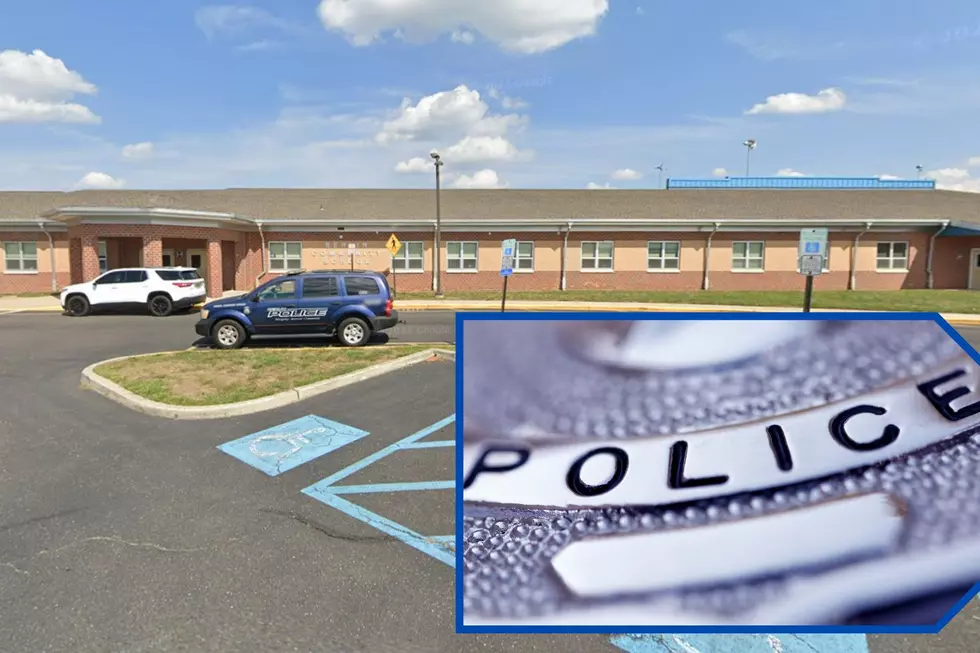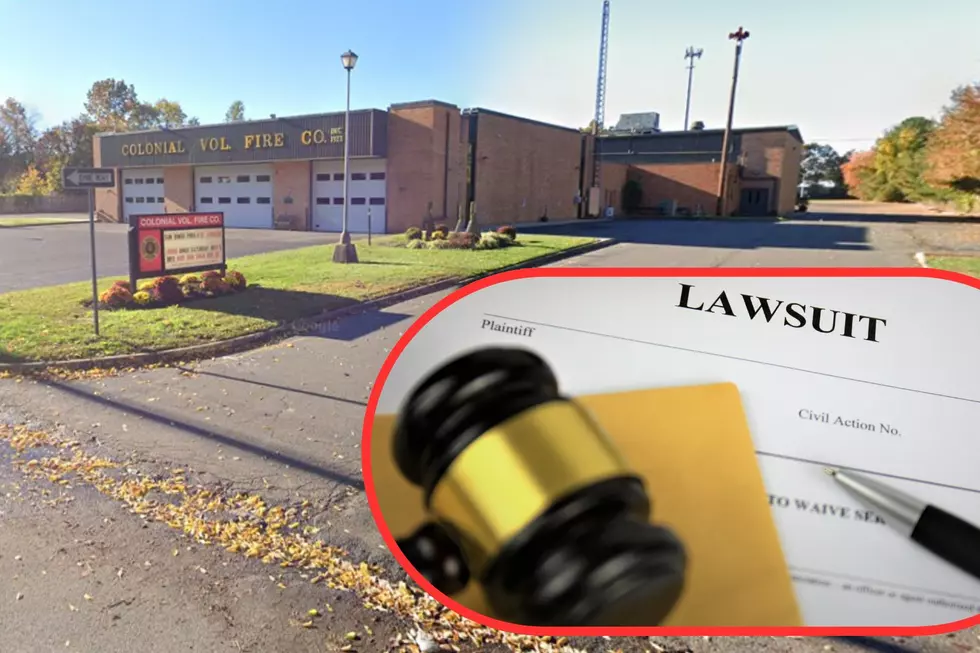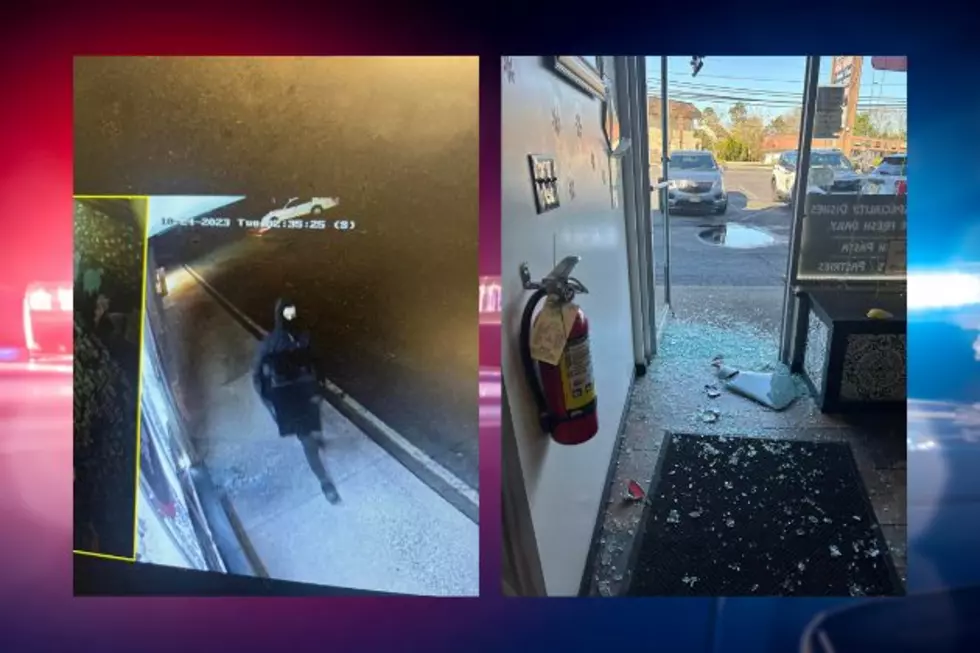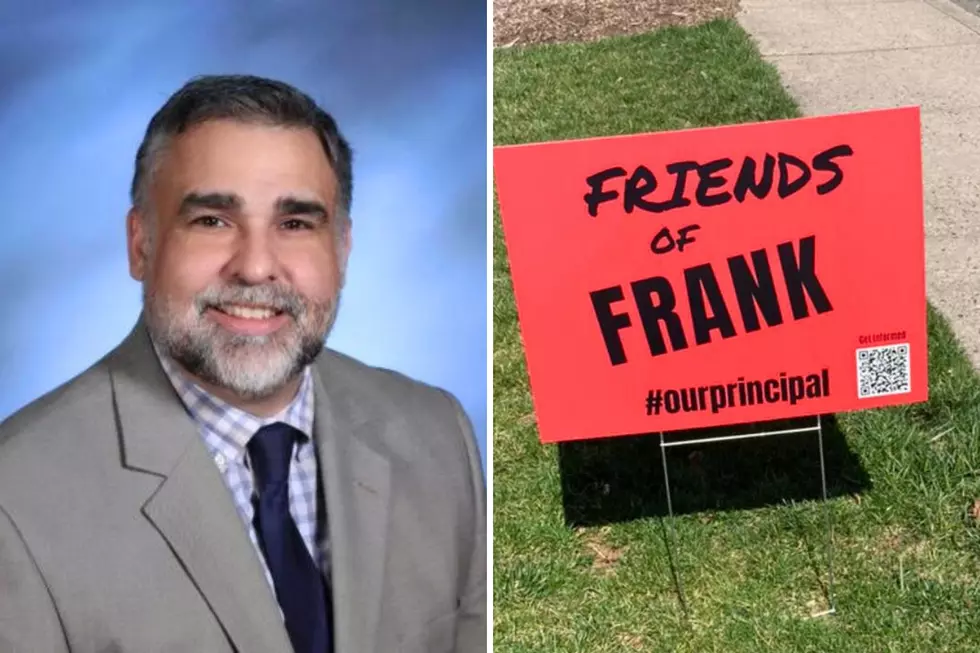
Probe: Exxon deficiencies found in California refinery blast
An explosion at an ExxonMobil oil refinery in California last year could have been prevented if managers had taken into account aging safety equipment and shut down a key, spark-generating part of the refinery before attempting repairs elsewhere, federal investigators said Wednesday.
The unit being repaired had operated for five years without a maintenance overhaul and, as a result, a key valve failed and leaked volatile hydrocarbons into an electrostatic chamber where the material combusted, the U.S. Chemical Safety and Hazard Investigation Board said.
The resulting fireball injured four contractors, destroyed a large part of the refinery and sent a fine white ash raining down on nearby homes and cars.
The explosion could have been much worse, said Chairwoman Vanessa Allen Sutherland.
The blast also shook nearby homes and tossed an 80,000-pound piece of equipment within feet of another unit where tens of thousands of pounds of a highly volatile and toxic substance called modified hydrofluoric acid, or HF, are stored in tanks.
The blast knocked over a column that contained a laser sensor dedicated to detecting a leak of the acid, investigators said.
"What we definitely believe is that this was a serious near-miss incident," Sutherland said. "That amount of HF — or even a portion of the HF — had the potential to vaporize and cause some injury."
The lack of layered safety precautions mirrors the cause of a 2012 fire at a Chevron refinery in Richmond, California, that sent more than 15,000 residents to the hospital and endangered 19 workers, the agency said.
Exxon disputes the findings in the 2015 blast and has stringent safety rules, said Todd Spitler, an Exxon spokesman. An internal review of the incident found no protocols were violated, he said.
"ExxonMobil stands on its record of good faith compliance with all agencies, including the chemical safety board, and we look forward to hearing their perspectives on the incident and reviewing the preliminary report," Spitler said in a statement Tuesday night before the news conference by investigators.
Exxon has refused to provide federal investigators with nearly half of the documents they requested for the preliminary probe, specifically those related to the acid, Sutherland said.
Exxon maintains that the federal agency, which serves a watchdog role and has no regulatory authority, does not have jurisdiction to investigate anything but the cause of the blast itself, she added.
The Department of Justice will help the investigative agency enforce subpoenas to get the files, she said.
ExxonMobil sold the refinery to New Jersey-based PBF Energy Inc. in September. Continued repairs have delayed the closing of the deal.
California workplace regulators issued $566,000 in fines last summer for health and safety violations related to the blast. The plant is located in a densely populated area of the city of Torrance, about 20 miles southwest of Los Angeles.
The fluid catalytic cracker unit where the blast occurred is critical to producing California-grade fuel.
The special blend means the state typically has the highest gas prices in the U.S.
Exxon is appealing Cal OHSA's findings.
Federal investigators agreed that serious safety deficiencies led to the blast that occurred when Exxon shut down the fluid catalytic cracker unit to do repairs.
With the unit down, Exxon pumped steam in to prevent hydrocarbon gas from seeping out, but workers complained about the steam and so the volume being pumped was reduced, said Mark Wingard, the board's investigator-in-charge.
The reduction was in line with a similar repair plan used in 2012, but aging equipment changed the scenario and Exxon did not test to make sure the lesser steam pressure was still sufficient to prevent a leak.
A valve that had not been checked in five years failed and allowed the hydrocarbons to seep through the system until they reached an electrostatic precipitator, where a spark ignited the gas and caused the explosion.
If Exxon had shut down the electrostatic precipitator, the accident never would have happened, Wingard said. In addition, investigators found five or six pieces of equipment — including the faulty valve — that failed because they had not been maintained, he said.
A full maintenance overhaul was due in June, four months later.
Exxon managers also failed to talk to workers who knew the valve was faulty, said Don Holmstrom, western regional director of the chemical safety board based in Denver.
Two other recent incidents at the Torrance plant have frayed nerves.
In September, the Fire Department reported a leak of modified hydrofluoric acid and a month later, a leak in a pressurized pipe caused a large steam cloud above the refinery as sirens urged residents to shelter in place.
ExxonMobil said it was mostly steam that leaked. A state investigation is pending.
The refinery on 750 acres produces 1.8 billion gallons of gasoline a year, which accounts for about 8.3 percent of the state's total refining capacity.
(Copyright 2016 The Associated Press. All rights reserved. This material may not be published, broadcast, rewritten or redistributed)
More From New Jersey 101.5 FM









